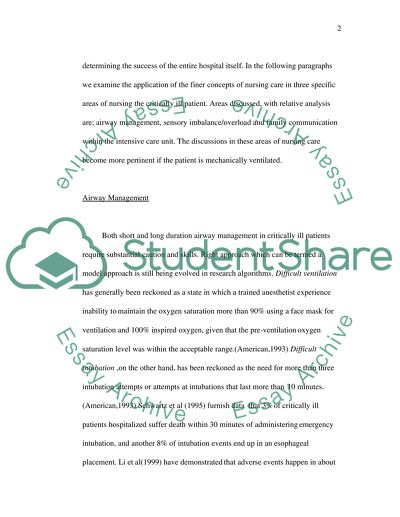Cite this document
(“Advanced Medical-surgical Nursing Assignment Example | Topics and Well Written Essays - 2750 words”, n.d.)
Advanced Medical-surgical Nursing Assignment Example | Topics and Well Written Essays - 2750 words. Retrieved from https://studentshare.org/health-sciences-medicine/1533273-advanced-medical-surgical-nursing
Advanced Medical-surgical Nursing Assignment Example | Topics and Well Written Essays - 2750 words. Retrieved from https://studentshare.org/health-sciences-medicine/1533273-advanced-medical-surgical-nursing
(Advanced Medical-Surgical Nursing Assignment Example | Topics and Well Written Essays - 2750 Words)
Advanced Medical-Surgical Nursing Assignment Example | Topics and Well Written Essays - 2750 Words. https://studentshare.org/health-sciences-medicine/1533273-advanced-medical-surgical-nursing.
Advanced Medical-Surgical Nursing Assignment Example | Topics and Well Written Essays - 2750 Words. https://studentshare.org/health-sciences-medicine/1533273-advanced-medical-surgical-nursing.
“Advanced Medical-Surgical Nursing Assignment Example | Topics and Well Written Essays - 2750 Words”, n.d. https://studentshare.org/health-sciences-medicine/1533273-advanced-medical-surgical-nursing.


